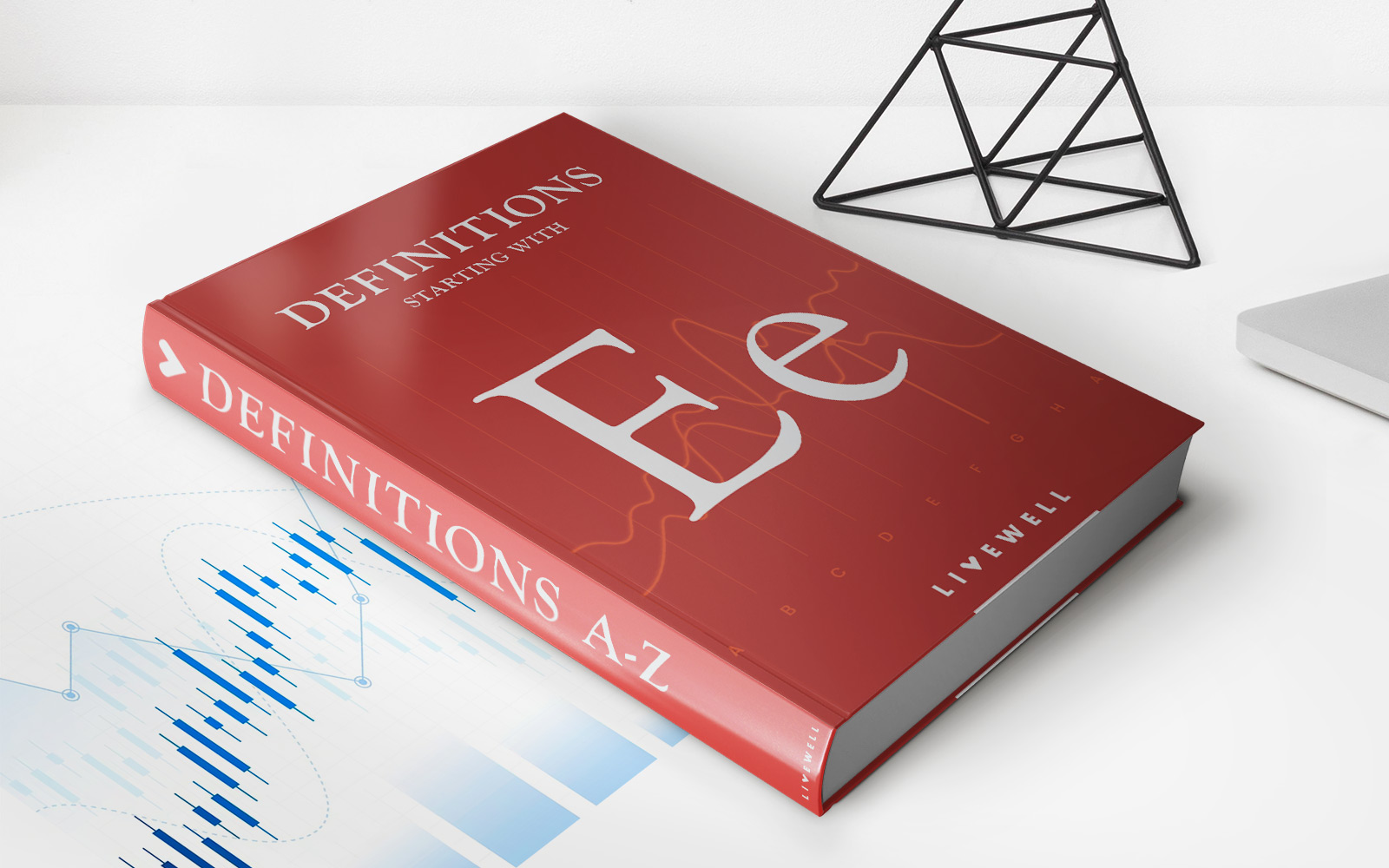

Finance
Captive Value Added (CVA) Definition
Published: October 23, 2023
Learn the definition of Captive Value Added (CVA) in the world of finance, and discover how it can add value to your financial strategy.
(Many of the links in this article redirect to a specific reviewed product. Your purchase of these products through affiliate links helps to generate commission for LiveWell, at no extra cost. Learn more)
Unlocking the Potential: Understanding Captive Value Added (CVA)
Welcome to our “Finance” category, where we dive into various financial concepts to help you gain a better understanding of the world of finance. In this blog post, we will explore a concept called Captive Value Added (CVA) and how it can be beneficial for businesses. By the end of this post, you will have a clear understanding of what CVA is and how it can add value to your organization. Let’s get started!
Key Takeaways:
- Captive Value Added (CVA) is a financial metric that measures the return on assets within a company’s captive insurance subsidiary.
- CVA provides insights into the efficiency and effectiveness of the captive insurance program, helping businesses identify areas for improvement and optimization.
What is Captive Value Added (CVA)?
Captive Value Added (CVA) is a financial metric that measures the return on assets within a company’s captive insurance subsidiary. Captive insurance is a form of self-insurance where a company creates its own insurance company to cover its risks. By creating a captive insurer, businesses can gain more control over insurance costs, customize coverage, and ultimately, generate potential cost savings.
CVA, then, provides insights into the efficiency and effectiveness of the captive insurance program. It helps businesses evaluate the value generated by their captives by comparing the returns generated from the captive insurer’s assets against industry benchmarks or the parent company’s overall performance. This metric aims to identify areas where the captive insurance program is generating value and areas that require optimization.
The Benefits of Captive Value Added (CVA)
The utilization of captive insurance programs offers businesses a range of benefits, and CVA plays a vital role in maximizing those benefits. Here are some key advantages of focusing on CVA:
- Efficiency Assessment: CVA allows businesses to evaluate the efficiency of their captive insurance program by measuring the return on assets. By understanding how effectively the captive insurer’s assets are being deployed, companies can identify opportunities to optimize performance and increase profitability.
- Identification of Value Drivers: Captive insurance programs can offer various value drivers such as cost savings, better risk management, and improved liquidity. Analyzing CVA can help businesses identify these value drivers and align their strategies accordingly to enhance the overall value generated by the program.
Conclusion
Captive Value Added (CVA) is a significant metric that enables businesses with captive insurance programs to evaluate the effectiveness and efficiency of their operations. By analyzing CVA, organizations can identify areas for improvement, optimize their captive insurance program, and maximize the value generated.
If you’re looking to unlock the full potential of your captive insurance program, understanding and leveraging CVA is crucial. Assessing CVA can provide valuable insights and help you make informed decisions and strategic adjustments to drive greater value for your organization.














